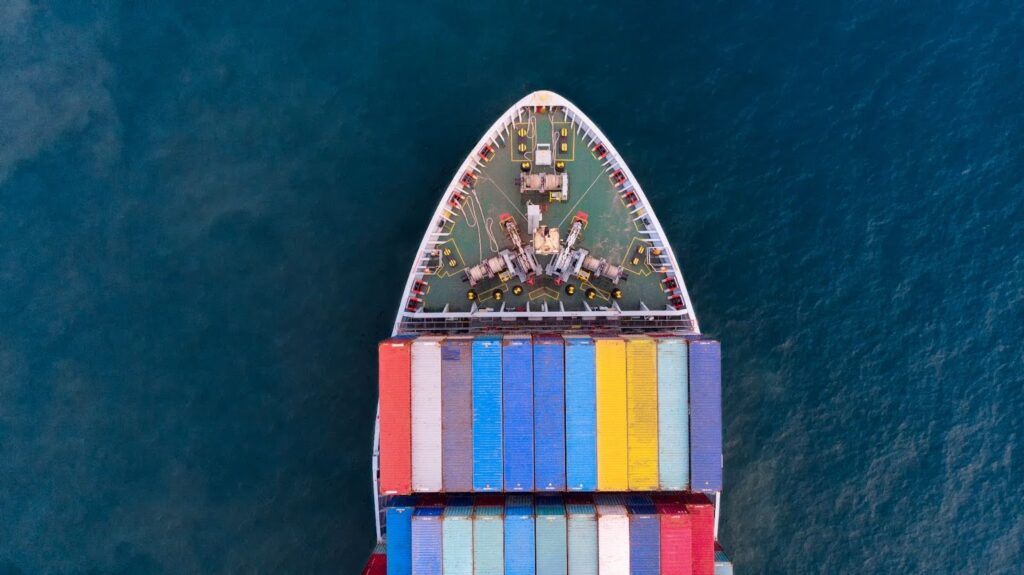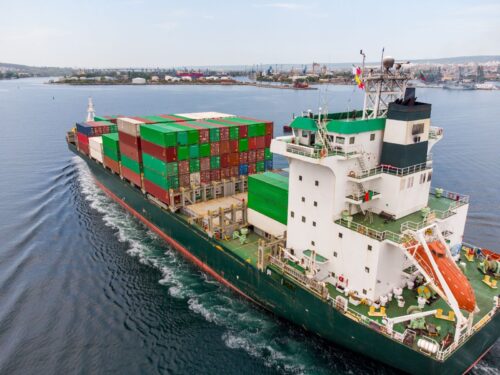FCA Meaning: The Ultimate Guide to Free Carrier Shipping, Obligations, and Responsibilities

Dealing with international shipping requires clarity on responsibilities, costs, and legal duties for buyers and sellers, which is why understanding the trade term FCA meaning—Free Carrier Shipping—can significantly improve your logistics planning and avoid costly mistakes.
In this arrangement, the seller handles delivery to a specified location, transferring responsibility and risk once the goods reach the agreed handover point.
This guide breaks down how FCA shipping terms work, outlining the obligations of both parties.
What Does FCA Mean in Shipping?
Understanding the FCA meaning in shipping is crucial for businesses managing international logistics. Under Free Carrier (FCA) terms, the seller delivers goods to a specified location, such as a shipping terminal or freight forwarder’s facility where the carrier operates.
Once the seller completes the handover, the buyer assumes full responsibility, including risks and transportation costs.
How FCA Works
In an FCA shipping agreement, the seller prepares the goods with export packaging and arranges delivery to the carrier or buyer’s vehicle at the agreed-upon handover point. Upon arrival, the buyer oversees loading and customs clearance at the destination port or other specified location, making it the buyer’s responsibility to ensure these tasks are completed.
Buyers can better control the main carriage and negotiate favorable shipping rates by structuring the trade terms this way, giving them more influence over the final destination timeline.
FCA Incoterms
The International Chamber of Commerce outlines specific incoterms rules for FCA to avoid misunderstandings. One key rule involves defining the point where responsible parties switch. The seller’s responsibilities include providing export licenses and ensuring goods reach the handover point safely.
After taking possession, the buyer manages import procedures, insurance, and clearance. Risk shifts when the goods reach the agreed-upon place of delivery, meaning the buyer assumes liabilities from that point onward.
Cost-sharing rules are also crucial. While the seller pays for pre-carriage, the buyer pays for the main carriage and subsequent charges, such as loading charges at the shipping terminal. FCA works particularly well for containerized goods when a freight forwarder manages sea freight or multimodal transport.
Example of a Transaction Using FCA
A clothing exporter in Italy ships a batch of jackets to a retailer in the U.S. After a pre-shipment inspection, the seller delivers the goods to a shipping line’s depot at the seller’s premises.
The responsibility passes to the buyer once the goods are loaded onto the buyer’s vehicle. From that point, the buyer assumes risks and covers freight and customs clearance costs at the destination port.
Buyer’s Responsibilities
Managing responsibilities under FCA shipping terms ensures smooth operations in international trade. Buyers must coordinate key activities after the seller delivers goods to the agreed specified location. It includes organizing transport and ensuring import clearance at the destination port.
Arranging Transport
Buyers must organize the main carriage, which involves securing reliable carriers and ensuring timely collection at the seller’s premises or the agreed location. A trusted freight forwarder simplifies the shipping process, especially for containerized goods.
Paying Duties and Taxes
The buyer is responsible for handling import formalities, including paying export duty at the departure point and covering all applicable import duties at the destination port. Buyers must also ensure compliance with customs clearance requirements to prevent penalties or shipment holds.
Providing Necessary Documentation
Accurate documentation prevents delays in the shipping line and ensures customs processes proceed without issues. Buyers typically prepare and submit a commercial invoice, proof of insurance, and relevant import permits. Proper documentation ensures goods transition smoothly.
Insuring Goods
Buyers must secure cargo insurance after taking possession at the specified location. Protecting shipments against damage or loss during the main carriage mitigates buyer’s risk and safeguards valuable goods during transit.
Seller’s Responsibilities
Under FCA incoterms, the seller’s responsibilities focus on ensuring that goods are prepared and delivered to the agreed location in compliance with export formalities. Once the goods reach the handover point, risk transfers to the buyer, and the seller’s duties end.
Delivery to Pre-agreed Point
The seller must deliver goods to the agreed handover point, which may be the shipping terminal or the buyer’s vehicle. This includes covering all pre-carriage expenses and ensuring delivery aligns with the agreed timeline to avoid disruptions in the shipping terms.
Export Packaging
Proper export packaging ensures goods withstand transit and remain secure until the buyer takes charge. Packaging should comply with both sea freight and trade terms standards. Failing to meet these standards can result in damage, increasing the risk of disputes during international shipments.
Export Licensing and Clearance
The seller is responsible for obtaining export licenses and completing export clearance. This step ensures the shipment adheres to international trade laws. Without proper approvals, shipments may face legal restrictions or costly delays at the port of origin.
Providing Proof of Delivery
Sellers must provide a commercial invoice, transport documents, and any evidence of handover to confirm the goods’ safe delivery. These records protect both parties in case of disputes, support the agreed-upon sales contract, and ensure transparency.
Pros and Cons of FCA Incoterms
FCA agreements offer flexibility but come with some complexities. Understanding these aspects helps businesses make informed shipping decisions.
Advantages
- Flexibility in Transport Arrangements: Buyers can choose preferred carriers, enabling control over delivery timelines and costs.
- Clear Point of Responsibility Transfer: Handover points clearly define when risk and costs shift, minimizing disputes.
- Cost Efficiency for Buyers: Buyers negotiate rates with carriers directly, often resulting in better deals for the main carriage.
Disadvantages
- Complexity for Unfamiliar Parties: Parties unfamiliar with incoterms rules may find the responsibilities complex and challenging.
- Risk at the Point of Origin: Buyers take on risks after the seller’s delivery, which could complicate logistics if locations are far away.
- Dependency on Seller’s Export Competence: A seller lacking experience with customs formalities may cause delays or issues at the origin point.
When to Use an FCA Agreement
FCA shipping terms work best when buyers want control over their logistics and cost negotiations. These agreements suit shipments involving multiple transport modes where buyers coordinate the main carriage.
FCA is also beneficial when sellers can easily deliver goods directly to a carrier or shipping terminal appointed by the buyer. This setup works well for sea freight, especially for high-value cargo.
FAQs
What is the difference between FCA and FOB?
FOB applies to sea freight, while FCA terms work for any transport mode. Under FOB, the seller loads goods onto the vessel, while in FCA, buyers handle loading.
What is the difference between FCA and DDP?
DDP (delivered duty paid) makes the seller fully responsible for import duties and delivery to the buyer. In FCA, the buyer handles import formalities after the seller’s location handover.
Is FCA and EXWorks the same?
EXWorks requires buyers to pick up goods directly from the seller’s premises and handles all export tasks. In FCA, the shipper transfers goods to a named place, simplifying the pre-shipment inspection.
Who pays the FCA incoterm agreement?
The party responsible for paying transportation costs depends on the agreed-upon handover point. Buyers handle the main carriage and loading charges, while sellers cover the pre-carrying to the carrier’s location.
Does an FCA include export clearance?
Yes, export clearance is part of the seller’s responsibilities under FCA incoterms. Sellers ensure necessary licenses and duties are processed before goods reach the named place for handover.
Conclusion
Understanding FCA meaning helps businesses manage their shipping responsibilities efficiently. FCA terms clarify who is responsible for costs, insurance, and cargo safety, reducing disputes during delivery.
The clear structure of Incoterms FCA simplifies coordination with carriers and shippers. Free carrier agreements benefit buyers needing control over the shipping terms and the flexibility to handle payment and logistics directly.
Evaluating FCA incoterms allows businesses to optimize their global transport strategy, negotiate better price terms, and avoid unnecessary delays in international trade.


